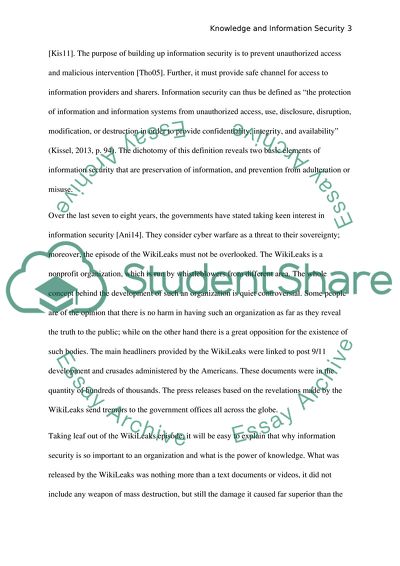Cite this document
(The Importance of Information Security Research Paper Example | Topics and Well Written Essays - 3500 words, n.d.)
The Importance of Information Security Research Paper Example | Topics and Well Written Essays - 3500 words. https://studentshare.org/information-technology/1836953-knowledge-and-information-security
The Importance of Information Security Research Paper Example | Topics and Well Written Essays - 3500 words. https://studentshare.org/information-technology/1836953-knowledge-and-information-security
(The Importance of Information Security Research Paper Example | Topics and Well Written Essays - 3500 Words)
The Importance of Information Security Research Paper Example | Topics and Well Written Essays - 3500 Words. https://studentshare.org/information-technology/1836953-knowledge-and-information-security.
The Importance of Information Security Research Paper Example | Topics and Well Written Essays - 3500 Words. https://studentshare.org/information-technology/1836953-knowledge-and-information-security.
“The Importance of Information Security Research Paper Example | Topics and Well Written Essays - 3500 Words”. https://studentshare.org/information-technology/1836953-knowledge-and-information-security.


